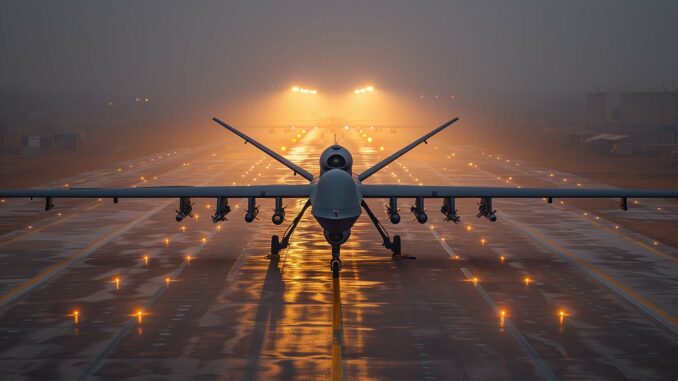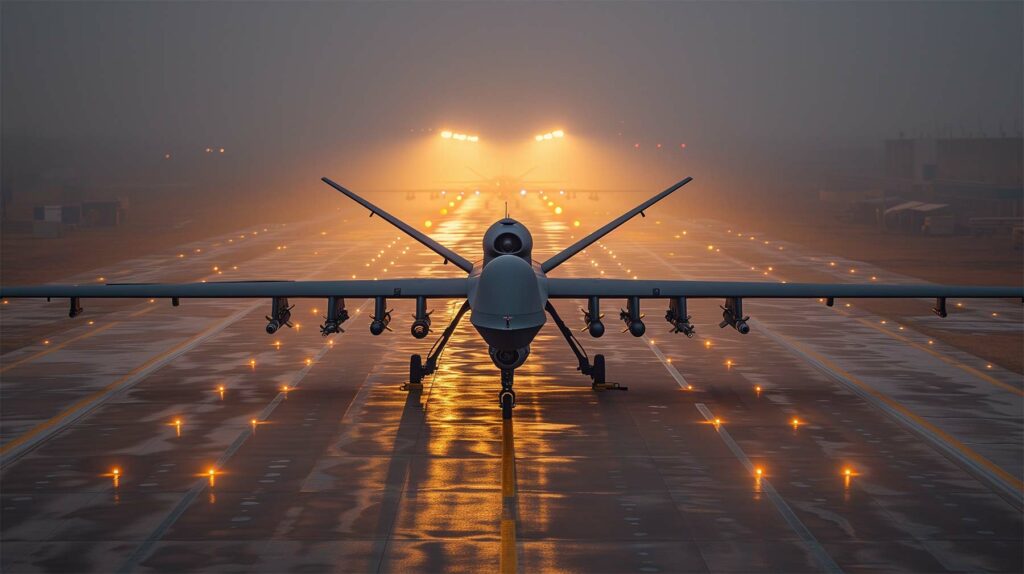
Transitioning to unmanned systems for maritime surveillance missions: a major advancement for national security and environmental protection.
Maritime Domain Awareness (MDA) stands as a crucial pillar of national security, encompassing comprehensive monitoring and understanding of activities within the maritime domain. This holistic approach is essential for ensuring the safety, security, and environmental protection of maritime operations. However, achieving effective MDA is a major challenge due to the vastness of the oceans, the high number of vessels at sea, and the limited resources available for law enforcement. Illegal activities such as smuggling, illegal, unreported, and unregulated fishing (IUUF), and illegal immigration further complicate MDA efforts, necessitating innovative solutions to address these complex challenges.
Transition to Unmanned Systems
Historically, MDA heavily relied on manned airborne Intelligence, Surveillance, and Reconnaissance (ISR) aircraft to monitor maritime activities. However, these missions come with inherent limitations, including limited flight hours, stringent safety considerations, and mission predictability. Manned aircraft are also associated with high fuel consumption rates, leading to increased pollution, particularly in environmentally sensitive areas.
Recently, there has been a notable shift towards utilizing unmanned systems for MDA, offering numerous advantages over manned aircraft. Unmanned systems are more efficient and less risky, as they eliminate the need for a pilot to manually fly at low altitudes. They also have significantly lower fuel consumption rates, resulting in reduced carbon emissions and less pollution. The Heron Unmanned Aerial System (UAS) developed by Israel Aerospace Industries (IAI) consumes only 20 pounds of fuel per hour, compared to 1000 pounds per hour for a manned aircraft.

Advantages of Unmanned Systems
Beyond environmental benefits, unmanned systems offer superior data dissemination capabilities compared to manned aircraft. All data collected by unmanned systems is transmitted in real-time to Ground Control Stations (GCS), where it can be quickly analyzed and disseminated to relevant authorities. This real-time data transmission capability is critical for ensuring timely decision-making and response to potential threats in the maritime domain.
Moreover, unmanned systems are more cost-effective than manned aircraft, offering significant savings in operational costs. The reduced operational costs of unmanned systems make them a more sustainable and efficient option for long-duration maritime surveillance missions.
Integration of AI Technology
The integration of artificial intelligence technology into unmanned systems has further enhanced their capabilities for MDA. The integration of Windward software into the Heron UAS represents a significant advancement in this regard. Windward software assesses risk levels using open-source data and a ship’s historical data. Ships are classified into red (high risk), yellow (low risk), and green (no risk) categories. These classifications are based on historical data, including deviations from normal economic routes, past illegal activity, instances of turning off their transponder, and other relevant factors providing valuable insights for maritime surveillance operations.
Unmanned systems offer significant advantages over manned aircraft for MDA, including increased efficiency, reduced risk, and lower environmental impact. As technology continues to advance, unmanned systems will play an increasingly important role in ensuring maritime security and protecting the marine environment.
War Wings Daily is an independant magazine.